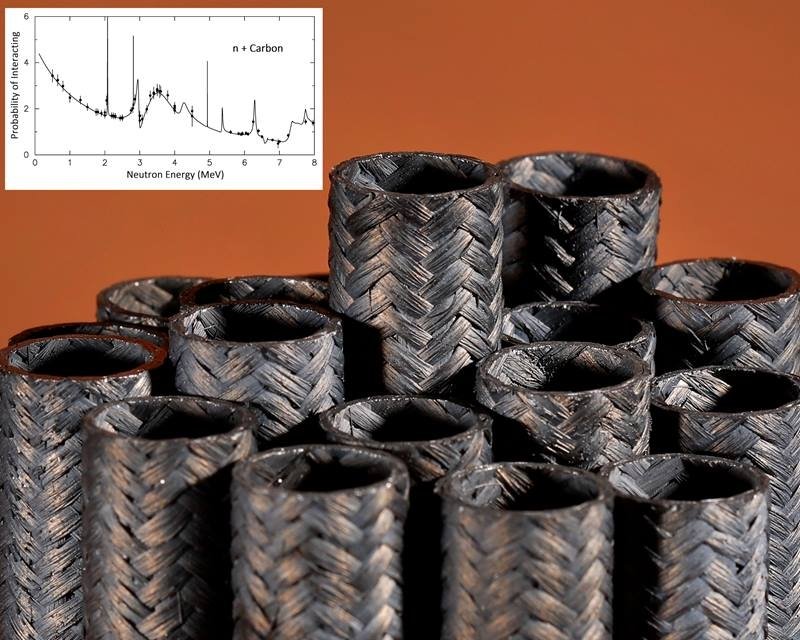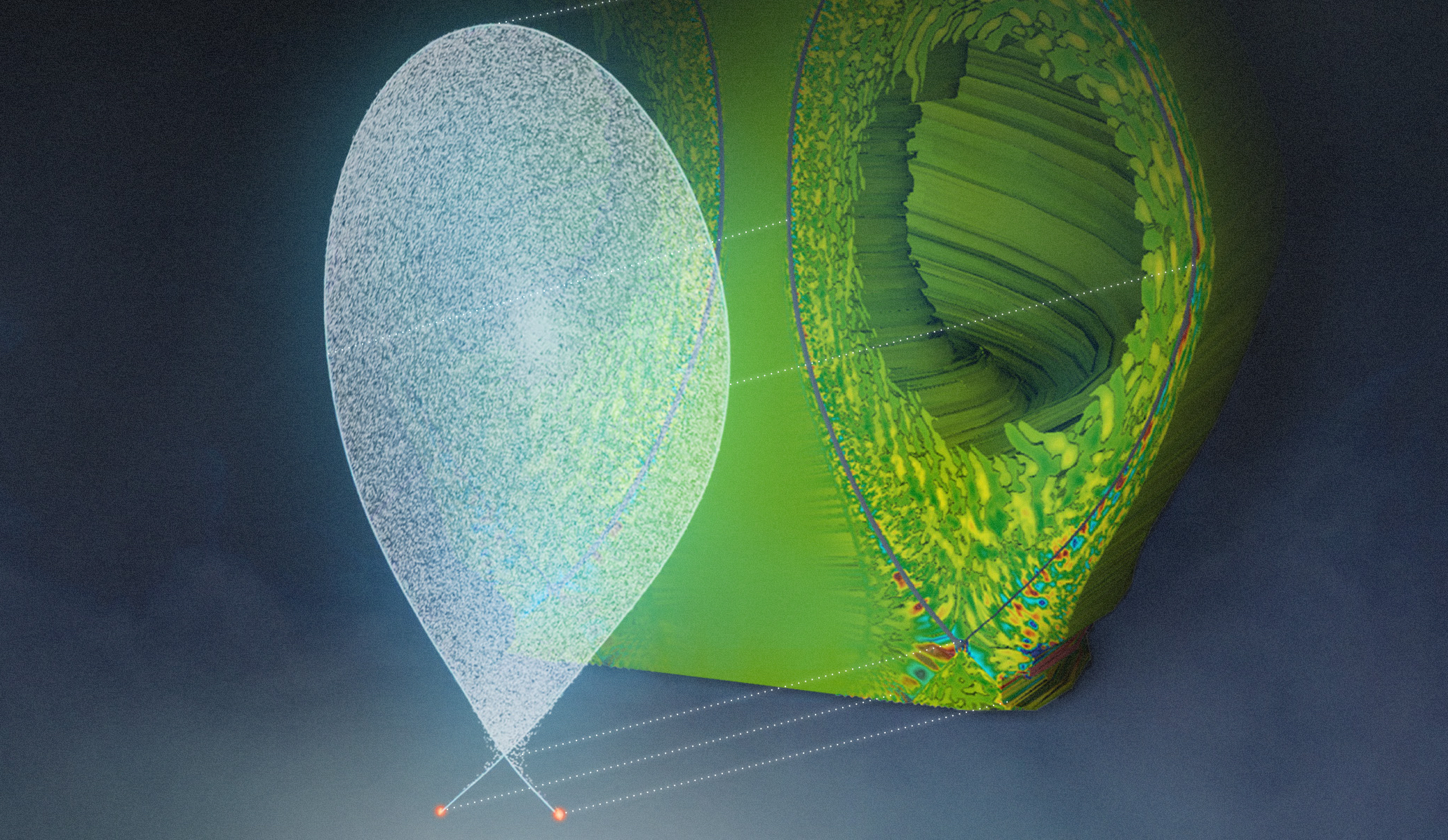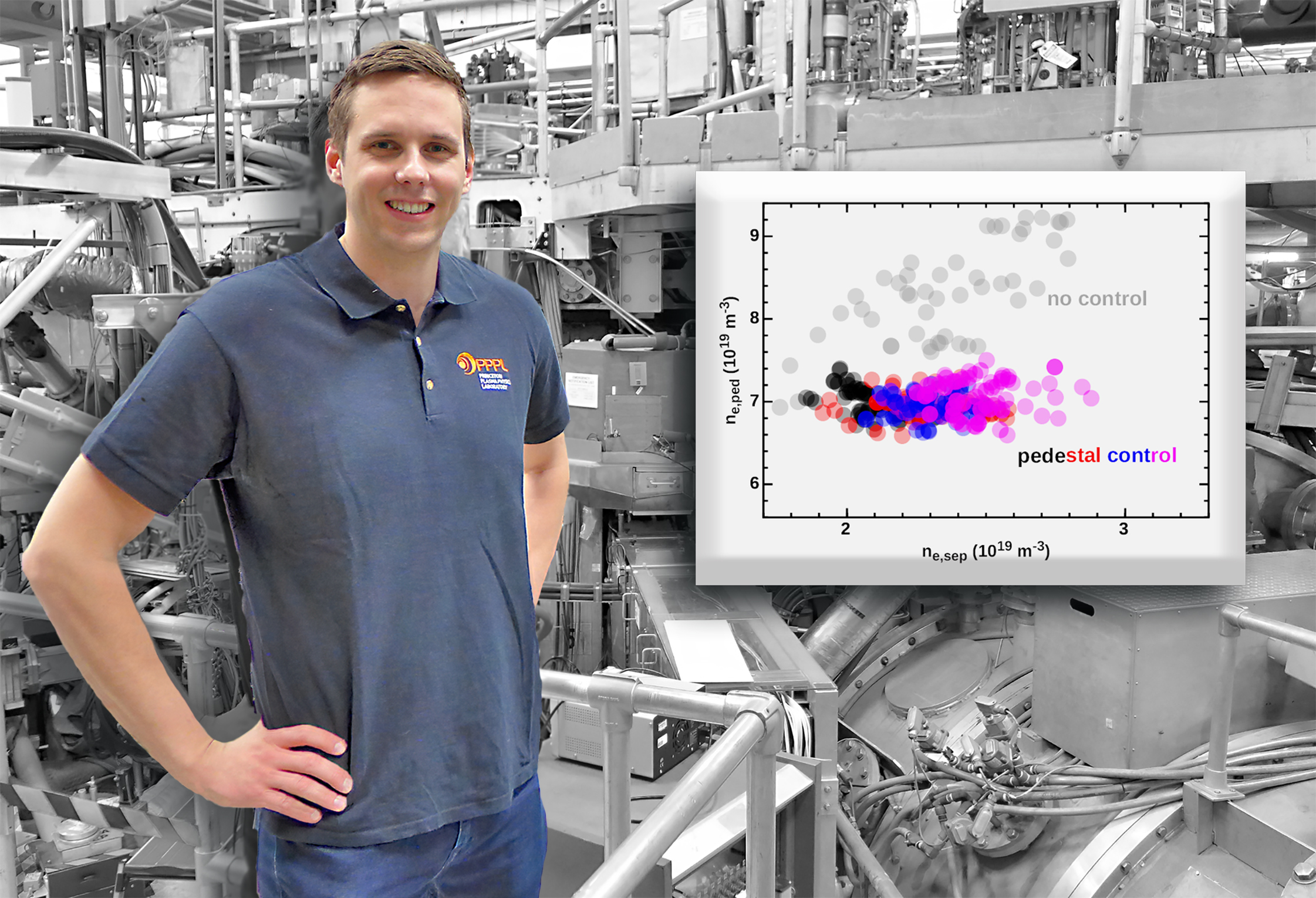Future commercial fusion power plants will need to achieve temperatures of 100 million degrees C, which requires careful control of the plasma. Researchers have now achieved these temperatures on a compact spherical tokamak called ST40. The results are a step toward fusion pilot plants and the development of more compact, and potentially more economical, fusion power sources.
Tag: Nuclear Fusion
LLNL’s Annie Kritcher named to TIME100 list of the 100 most influential people in the world
Time Magazine has named Lawrence Livermore National Laboratory design physicist Andrea “Annie” Kritcher to its annual list of the 100 most influential people in the world. Kritcher is recognized for her role as principal designer for the December 2022 fusion ignition experiment at NIF.
What the breakthrough in nuclear fusion energy means
Scientists have reportedly achieved a key milestone in nuclear fusion energy. University of Miami College of Engineering researcher Giacomo Po addresses queries about the process of nuclear fusion and what it could mean for the future.

How Do Neutrons Interact with Reactor Materials?
Nuclear fission and fusion reactors use carbon and silicon in shielding, structural materials, fuel, and neutron moderators. Neutrons are the drivers of the nuclear energy production processes. This makes understanding how neutrons scatter from all reactor materials critical for nuclear plant design and other applications. In this research, scientists investigated the interaction of neutrons with silicon and carbon.
Jaime Marian: Then and Now / 2012 Early Career Award Winner
Jaime Marian is a professor at UCLA in the Department of Materials Science and Engineering, studying irradiation to develop materials and improve fusion reactor designs.
Oxygen Formation in the Light of Gamma Beams
Nuclear fusion reactions in stars consume carbon-12 to produce oxygen-16, and the resulting ratio of carbon to oxygen shapes a star’s evolution. Physicists have not been able to measure this ratio with precision using existing experimental methods. A new method shines gamma beams on an oxygen-16 target and captures images of the outgoing reaction products to obtain higher-quality data on this reaction.
Gaming graphics card allows faster, more precise control of fusion energy experiments
University of Washington researchers have developed a method that uses a gaming graphics card to control plasma formation in their prototype fusion reactor.

Zeke Unterberg: Then and Now / 2011 Early Career Award Winner
Zeke Unterberg is a senior research scientist at Oak Ridge National Lab, studying ways to optimize the operations and materials for future nuclear fusion reactors.

Scientists Use Supercomputers to Study Reliable Fusion Reactor Design, Operation
A team used two DOE supercomputers to complete simulations of the full-power ITER fusion device and found that the component that removes exhaust heat from ITER may be more likely to maintain its integrity than was predicted by the current trend of fusion devices.

Best Region For Life on Mars Was Far Below Surface
The most habitable region for life on Mars would have been up to several miles below its surface, likely due to subsurface melting of thick ice sheets fueled by geothermal heat, a Rutgers-led study concludes. The study, published in the journal Science Advances, may help resolve what’s known as the faint young sun paradox – a lingering key question in Mars science.

A proven method for stabilizing efforts to bring fusion power to Earth
Researchers at the Princeton Plasma Physics Laboratory and General Atomics have demonstrated a method for stabilizing fusion plasmas by suppressing edge localized modes (ELMs).
This Supernova in a Lab Mimics the Cosmic Blast’s Splendid Aftermath
(Study publishes 6/17/20. No embargo.) Mystery enshrouds the birth of swirls typical for supernova remnants like the Crab Nebula. A new “supernova machine” may help solve it.